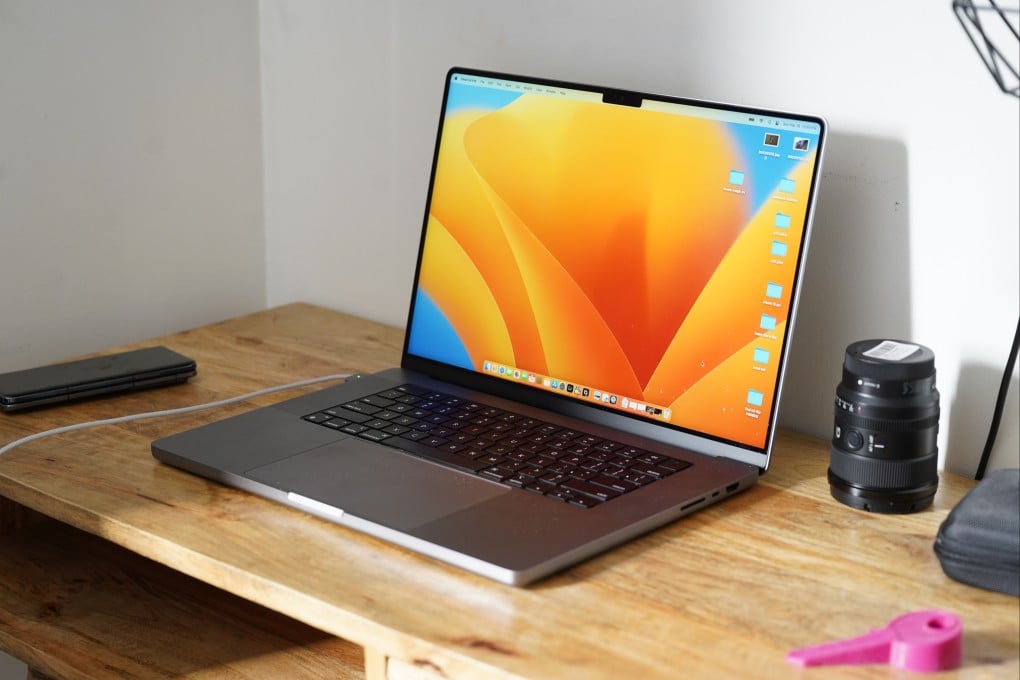Advertisement
Review | Apple M2 Max MacBook Pro 2023 16-inch review: an all-powerful machine for creatives who want to take their workstations on the go
- Apple’s M2 Max chip makes the new MacBook Pro unlike any laptop out there, with power comparable to a traditional tower, though its looks haven’t changed much
- It renders 4K video easily and has no performance dip whatsoever when running on battery power. Prices start at US$2,499
Reading Time:3 minutes
Why you can trust SCMP

When Apple announced in 2020 that it was ditching Intel in favour of its own chips for laptops, the personal computer industry raised its eyebrows. Then came the M1 MacBook (2022), which proved not only to be as powerful as Intel’s best machines, but much more energy-efficient.
Advertisement
That same astonishing combination of raw power and energy efficiency is taken up a notch in the new 16-inch MacBook Pro, which runs Apple’s latest M2 Max chip.
I’ve been using the laptop for the past two weeks on business trips from Asia to Europe, and the speed with which the machine can render videos and produce graphics is unmatched by any Intel laptop.
You’d need a spec’d our desktop tower to get this level of performance out of a Windows machine. Apple gives it to us in a package that fits into the average backpack.

Design and Hardware
Other than the new chip upgrade, almost nothing has changed from the 2021 M1 Max 16-inch model, with the same vibrant Mini-LED display which can produce deeper contrast than typical LCD panels.

Advertisement